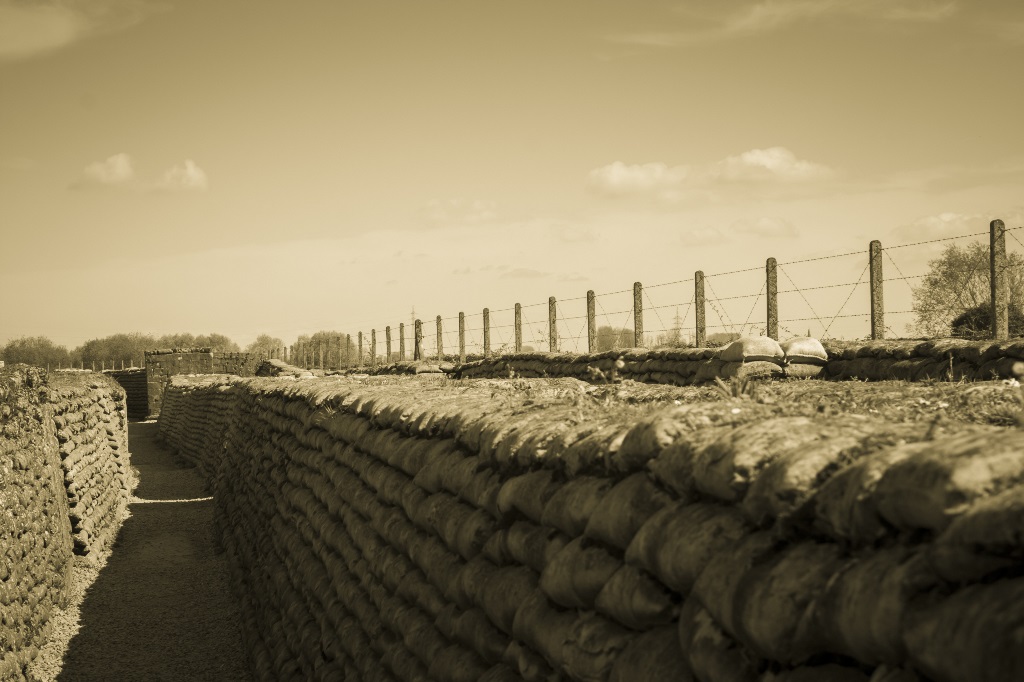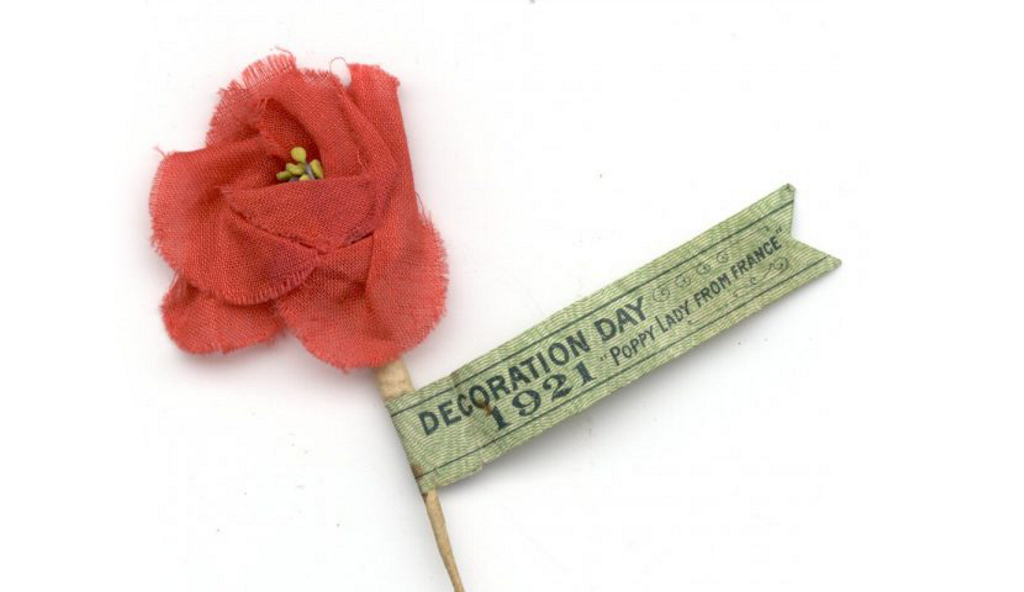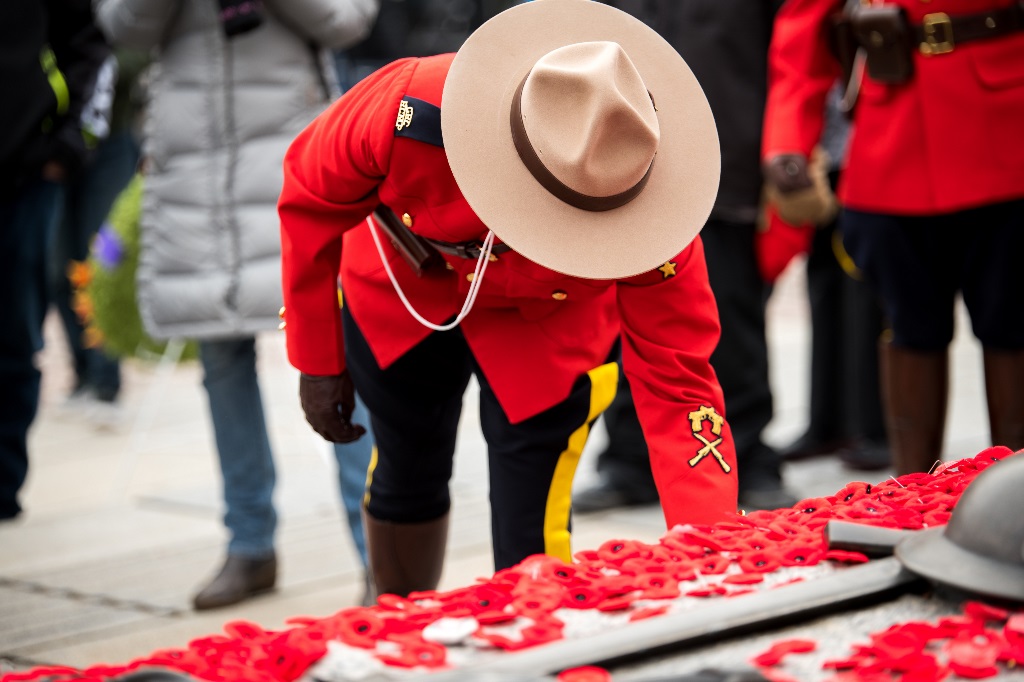 Napoleonic WarsThe significance of the Poppy can be traced back to the Napoleonic Wars in the 19th century, over 110 years before being adopted in Canada. Records from that time indicate that thick Poppies grew over the graves of soldiers in Flanders, France. Fields that had been barren before battle exploded with the blood-red flowers after the fighting ended. |
 First World WarThe person who first introduced the Poppy to Canada and the Commonwealth was Lieutenant-Colonel John McCrae of Guelph, Ontario, a Canadian Medical Officer during the First World War. John McCrae penned the Poem “In Flanders Fields” on a scrap of paper in May 1915 on the day following the death of a fellow soldier. Little did he know then that those 13 lines would become enshrined in the hearts and minds of all who would wear them. McCrae’s poem was published in Punch Magazine in December of that same year. |
 1921The idea for the Remembrance Poppy was imagined by Madame Anna Guérin of France. She was inspired by John McCrae’s poem “In Flanders Fields.” Anna had originally founded a charity to help rebuild regions of France after the First World War, and created poppies made of fabric to raise funds. Later, Anna presented her concept to France’s allies, including the precursor to The Royal Canadian Legion, The Great War Veterans Association. The idea was considered at a meeting in Port Arthur, Ontario (now Thunder Bay) and was adopted on July 6, 1921. |
 TodayThe Poppy is worn each year during the Remembrance period to honour Canada's Fallen. The Legion also encourages the wearing of a Poppy for the funeral of a Veteran and for any commemorative event honouring Fallen Veterans. Thanks to the millions of Canadians who wear the Legion’s lapel Poppy each November, the little red flower has never died, and the memories of those who fell in battle remain strong. |
